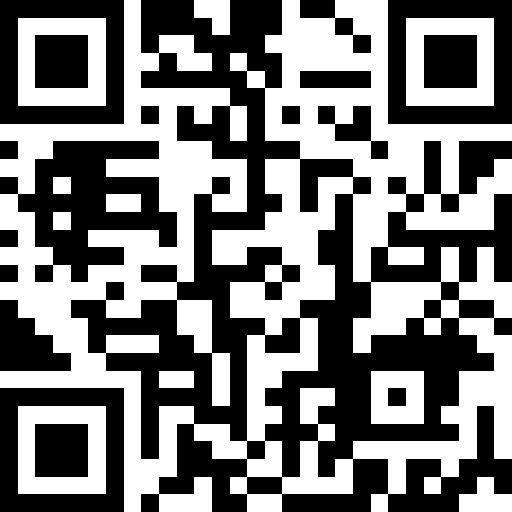Title Page
-
Site conducted
-
Conducted on
-
Prepared by
-
Location
Maintenance Checks
Daily
-
Check and ensure the hydraulic oil level is within the recommended range
-
Inspect the lift and surrounding area for any visible hydraulic oil leaks
-
Ensure that all lift controls are functioning properly and respond accurately
-
Check the operation of all safety devices such as emergency stop buttons and safety locks
-
Inspect rollers for signs of wear, flat spots or damage
-
Ensure rollers move smoothly without resistance or noise
-
Check wheel folds for any deformation, cracks or signs of stress
-
Ensure the wheels are securely attached and roll smoothly
-
Inspect the overall structural integrity of the lift, including the frame, arms and base
-
Look for any signs of metal fatigue, rust or other structural issues
-
Clean the lift and surrounding area to remove any debris or dirt that could interfere with operation
-
Check lifts are free from overhead obstructions, with no drains, manhole covers on the floor and all surrounded area be at least 1-2 metres of clear space on all sides for people to work safely and room to move around
-
Listen for any unusual noises or vibrations during operation that might indicate a problem
Weekly
-
Lubricate moving parts, including hinges, joints, and pulleys, as per the manufacturer's instructions
-
Inspect all hydraulic hoses for signs of wear, damage or leaks
Monthly
-
Conduct a detailed inspection of hydraulic cylinders and pumps for any signs of wear or damage
-
Perform a thorough test of the lift's safety features, including emergency stops and overload protections
-
Check the condition of the hydraulic oil for contamination or changes in viscosity
-
Inspect all electrical components and connections for wear, corrosion, or damage
-
Inspect lift chains and cables for wear, fraying, or other signs of damage
Quarterly Checks
-
Replace hydraulic oil if necessary, based on its condition and the manufacturer's recommendations
-
Conduct a comprehensive inspection and cleaning of all lift components
-
Test and inspect the electrical control systems for reliability and performance
-
Inspect and test all mechanical components, including gears, bearings, and structural elements
-
Conduct performance tests to ensure the lift operates smoothly and efficiently under load
Annual Checks
-
LOLER & PUWER Inspections
-
Ensure the lift complies with all relevant safety regulations and standards
Signature
-
Operator / Inspector
-
Additional Operator / Inspector
















